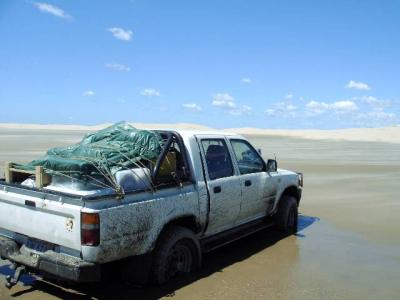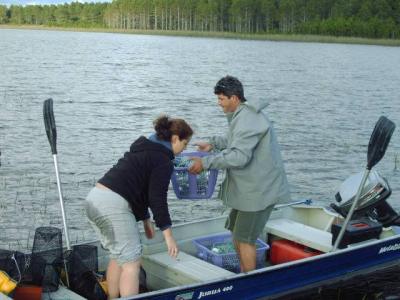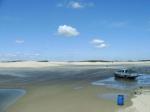
|
In the middle of nowhere
|
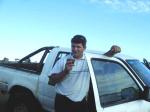
|
Antonio
|

|
Eichhornia azurea
|
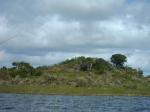
|
Native palm
|
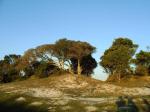
|
Natural vegetation alongside the lake
|
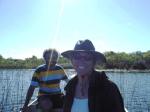
|
Nestor and Sarian
|
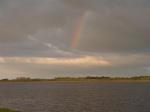
|
Rainbow above lake number 1
|
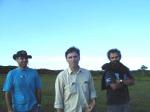
|
Ruberto, David and Nestor
|
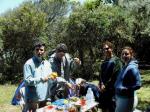
|
Sampling the local food David Antonio Nestor Tiago and Gissell
|
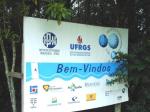
|
Welcome to UFRGS
|










